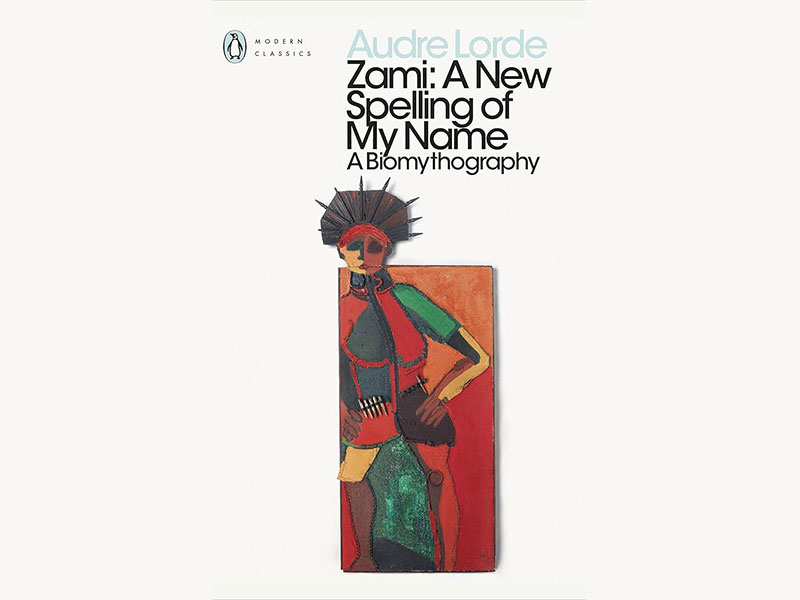Along the fault lines between the seen and unseen
What could be that belongs to two different sides of a spectrum, two divides of a gulf and plays a crucial role in shaping the very identity of both. Gender, sexuality, language, region divide, religion, class and caste are perhaps some of these divides that has always been instrumental in creating divides and forging identities of commonalities as well. These are divides of inabilities at times and divides of abilities as well.
It could be the wedge that separates a child with home cooked meals in her lunch box everyday from another with a packet of Lays in his pocket.
These divides are screaming and loud as they are silent and unseen at others. No matter whether perceptible or imperceptible, these divides are always present. These divides are as real as the people whom they divide.
Walking to work today morning I passed by a very elderly lady. Hunched with age and perhaps possible circumstances, she was picking out empty cans from the green trash bins that dot the entire garden city. I noticed a black trash bag beside her as well. There were a few empty plastic bottles in that. She shuffled her way from one bin to another, rummaging through the half-eaten food, the mound of tissues and straws, the disposable food packs and drink take aways. She was collecting them to be sold at a pittance. An image of ‘want’ amidst the plenty. The bins around a food court on a Monday morning was a place where she could have a lucrative pick. The commuters walked past her, intent on their purposeful strides towards respective places of work. She was unseen, almost invisible.
I have heard of a similar story unfolding in Germany at the university campus. Elderly come there to sift through the bins labelled “Plastic only” or “Recycled”. A group is engaged in ‘upcycling’ and ‘purposeful recycling’ feeding the chain of greed and want and also giving a generous pat on the back for being sensitive to the environment!
Back home, real stories of people across visible divides of gender and age, language and religion, working on the top of garbage piles are a sight too common for comfort. They often find mentioned in documentaries, award winning photographs, films with little viewership and in memorabilia of foreign tourists. These images, in the said contexts, angers us a little and makes us very uncomfortable. They are closely guarded secrets not meant to be discussed and shown in the public. They are an infringement to our ‘cultural ethos’. The overriding emotion of failing our children, misleading our youth, rejecting our elderly is swept under the blanket of ‘culture and history’. But then again, remorse, action against injustice and unfair policies are not an easy emotion to develop. They require thought, introspection, integrity and sensitivity. It is easier to call them “invasion to privacy” by foreigners. We stand divided again, on the two sides of acts of redress.
Roberta and Tawyla belongs to two sides of a divide. A divide of race. Their anonymity of identity therefore brings the focus to the ‘divide’ in itself, or the divides perhaps. Divides that are naturalised, desensitized, overlooked and often ignored. The lines along which the divisions are made not the superficial ones, easily visible in plain daylight. They are the divides that run deep. Deep under the cover of the night, surreptitious, unnoticed. There are only two sides in that story, the identity of the divide and the identity of the people it divides.
Recitatif is an unique work which brings together the life and the journey of two young girls, briefly united, grown apart and reunited as adults. Their stories are like many other stories- of isolation, neglect, poverty, fitting in and not fitting in. their stories are similar and yet different. A difference where their racial identity is not revealed but left to the supposition and generalisation of the reader.
The onus is on the reader, where would you delve into your idea of who is who?



